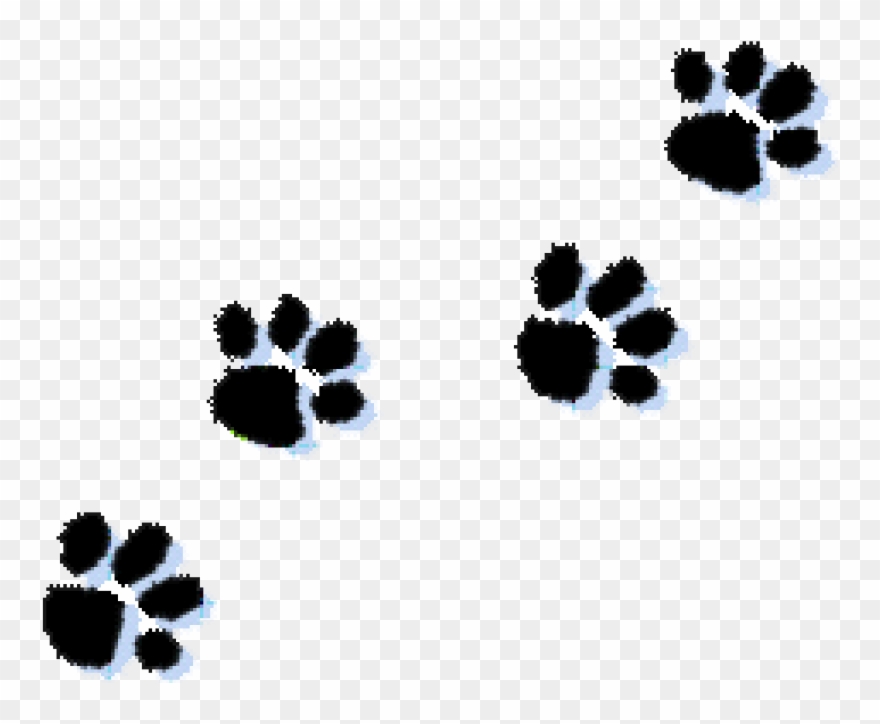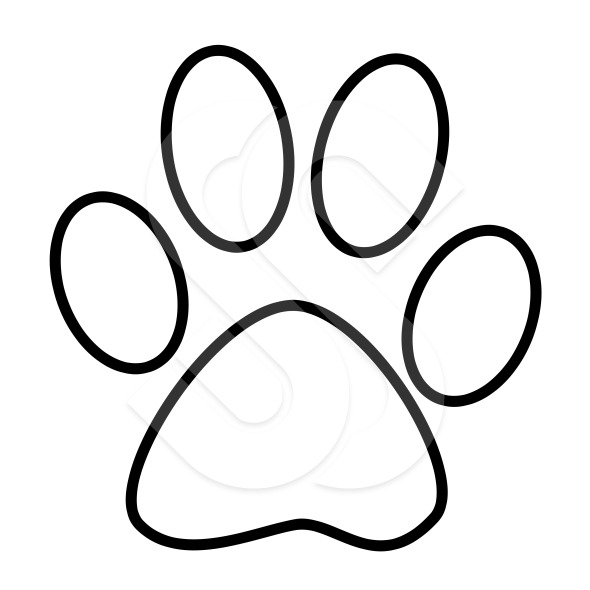
Photograph: Sydney Walsh/Sydney Walsh for The GuardianĪce’s love for their animals shows through the intimate handling of their remains, from casting the vertebrae of a beloved dog in bronze and wearing it as jewelry to keeping another dog in their home for three days after death to give them time to mourn, rather than rushing the remains to a crematorium. Ratcliff with their dog, Rupert, on a recent afternoon at their home. “It’s a gnarly soupy gross concoction of death,” they say, commenting that sometimes they’re out in the yard and “whoo-ee, this smells like dead things”. They refer to these projects, part of the mourning process, as “holy”, while noting that it’s definitely not for everyone. (If you’re wondering where those changes of water are going, Ace’s Florida yard is well-hydrated.) Ratcliff is also macerating other animals and parts, including a leg amputated from a pet dog, Vix, and the skull of another cat, Whimsy – “the best cat in the entire fucking universe”. Moxie’s bones will need to be further cleaned and processed to remove grease and yield a fully skeletonized cat, with bones that can be articulated, stored in a box, or kept in other ways. Another popular method of skeletonization relies on a colony of dermestid beetles to remove the soft tissue, but it requires maintaining said colony, and it is not always possible to process the remains of euthanized pets or those who took certain medications prior to death. The couple decided they wanted to preserve Moxie’s skeleton, but instead of sending her out, Ace began the long process of maceration, in which soaking in repeated changes of water over the course of months separates the soft tissue from the bone, eventually leaving only bones behind. “He ultimately decided that the process was a better experience for him than the not knowing,” Ratcliff said, though that didn’t make it easy. When their cat Moxie died after a rapid and inexplicable illness, Ratcliff and their husband decided to perform a necropsy.

Along with their veterinarian husband, they have seen a parade of pets over the years – a common phenomenon for veterinarians, who sometimes end up with animals surrendered to their clinics, many of which have significant health issues. I call up my colleague Ace Tilton Ratcliff, a former mortician and current artist and writer. Some pet guardians are even doing it for themselves – and not just in the time-honored tradition of backyard burial. But this diversity of choices reflects the different sentiments of pet owners, who have to make decisions for their companions while experiencing disenfranchised grief – the sense that a loss is undervalued or less important because it is a pet, even when it consumes their whole universe. Some of the most eccentric practices might make some feel uneasy – such as skull preservations, keeping fur in freezers or, perhaps most surprising of all, skeletal articulation. The memoirist Lilly Dancyger got a memorial tattoo of her beloved cat Lady. Randy Potts buried his dog Nancy under a rhododendron in February 2020, and “couldn’t bear to open the bag” the vet sent her home in.

“M” keeps the ashes of her German shepherd inside a plush dog. Victoria Beverly has the cremated remains of her cat Reginald on a shelf, after being unable to attend his euthanasia because of pandemic restrictions. Spencer Hughes has his feline in his freezer, looking forward to the day he can afford to get her skeleton cleaned and articulated, or assembled. Lisa Egan, guardian to Betty, a spirited black cat and steadfast companion, had a memorial necklace made with her cat’s fur. If it doesn’t negatively affect you, it’s not your problem.” “In this space, we don’t judge when it comes to other people’s grief,” says Joslin Roth, founding owner of Resting Waters, a pet funeral home in Seattle that offers aquamation, a process that uses a solution of heat and lye to reduce remains to bone (it is also legal for human remains in a growing number of states).


 0 kommentar(er)
0 kommentar(er)
